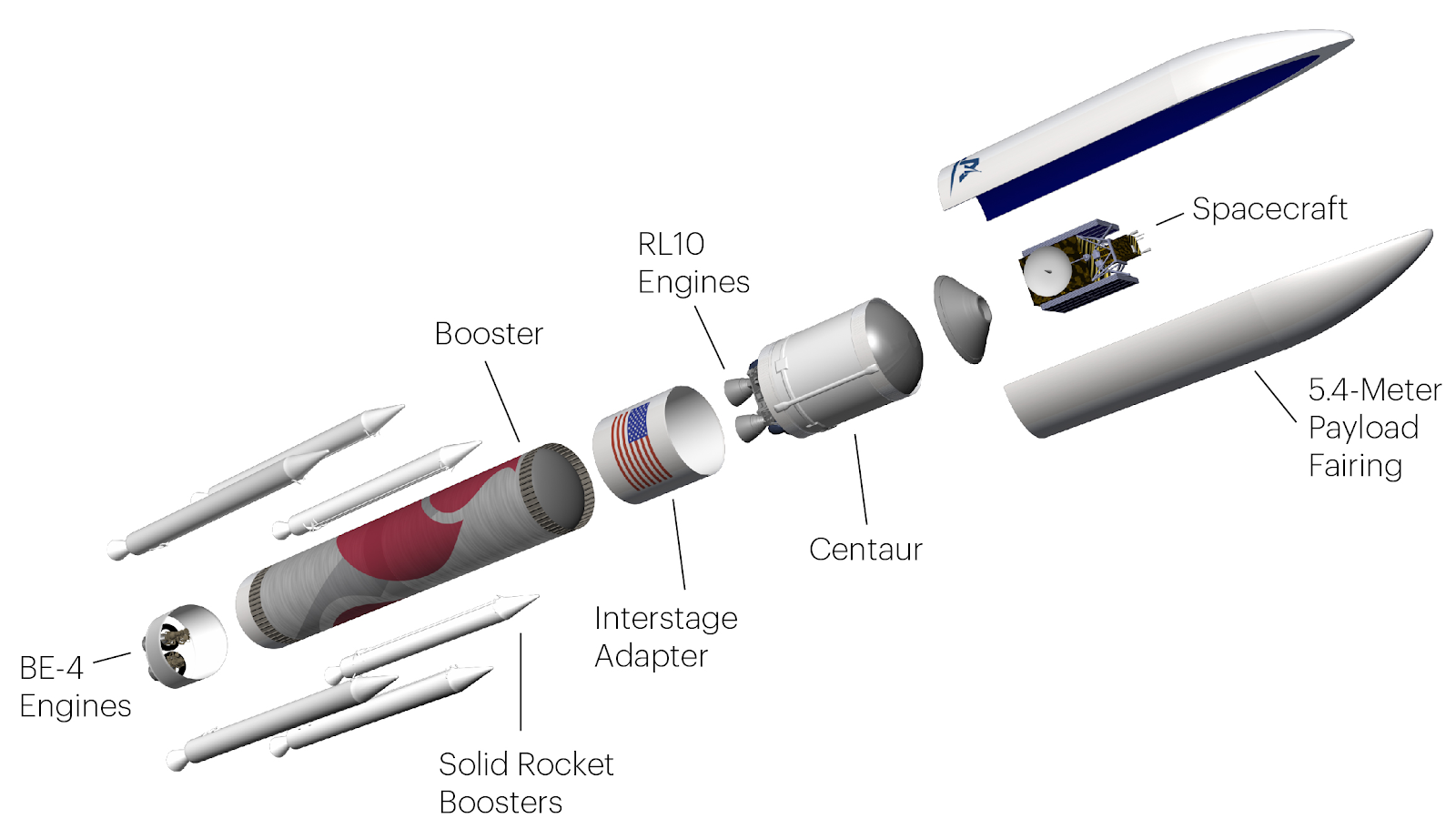Private space companies also make moon landers.
Private Peregrine moon lander stacked in ULA (United Launch Alliance) Vulcan rocket. And it's ready for lift-off on January 8.
Peregrine moon-lander looks like any other moon lander. The difference is that Peregrine is a private project. That is a good example of flexible innovations. A private corporation makes the moon-lander. That can take samples from the Moon's surface. Private space corporations are rising actors in space research in technical and scientific ways.
Private corporations offer flexible platforms that can operate with things like space stations and other similar things. Private space industries are not only communication satellites. The private space industry also wants to benefit from low- and zero-gravity conditions for laboratories.
And remote-controlled miniature shuttles can also operate as manufacturing platforms for complicated molecules and nanomechanics. This is one of the reasons why civilians are also interested in Scramjet engines and hypersonic flight.
The air-breathing scramjets offer the possibility to make a cheap and effective launch platform for miniature shuttles that can used as remote-controlled laboratories. When those systems finish their operations. They can return the merchandise to the ground. That is one reason why those miniature robot shuttles are under development.
"The Peregrine prior to being loaded atop the ULA Vulcan rocket (Image credit: Astrobotic" (Space.com/Private Peregrine moon lander is stacked on ULA Vulcan rocket ahead of Jan. 8 launch)
"Artist's illustration of ispace's Series 2 robotic lander on the surface of the moon (Image credit: ispace)" (Space.com/Japan's ispace shows off a tiny moon lander for its 2nd moon mission in 2024)
Another system that travels to the Moon is the Japanese miniature lander. The Japanese "ispace" corporation introduces its miniature moon-lander along with miniature rovers. The miniature space systems allow to creation of new models for moon and planetary missions.
A large number of AI-controlled miniature landers and drone swarms can used as the non-centralized solution for space missions. The system can be based on miniature actors. They have different types of sensor packs. Those systems can connect their abilities in their entirety. And that thing is the base of drone swarms.
A large number of simple and cheap systems can form a drone swarm that acts like one complicated system. The difference between those drone swarms and one complicated system is that. Destruction of one drone doesn't destroy the entire swarm.
Another remarkable thing is that miniaturized technology makes it possible also small robots can carry multiple sensors and effective computers. That allows them to run complicated AI algorithms. That allows them to make versatile operations.
That base is in non-centralized calculations and the ability to connect their data into one entirety. Traditional space systems are large and complicated systems. The smaller but larger group of different probes makes it possible that even if one participant's mission fails. The mission can continue. Also, a swarm of landers or drones can cover a larger area. Then one single lander. In some visions, similar helicopter technology that operates on Mars can be used with those landers.
Those systems can equipped with Kamov-type opposite rotating rotors, and they can carry the drone that is equipped with seismic sensors and sample-taking systems. Things like miniature magnetometers and laser spectrometers make those systems flexible and versatile tools.
https://www.space.com/peregrine-moon-lander-stacked-ula-vulcan-rocket
https://www.space.com/japan-ispace-moon-lander-2nd-mission
https://www.ulalaunch.com/rockets/vulcan-centaur
https://en.wikipedia.org/wiki/Ispace_(Japanese_company)









